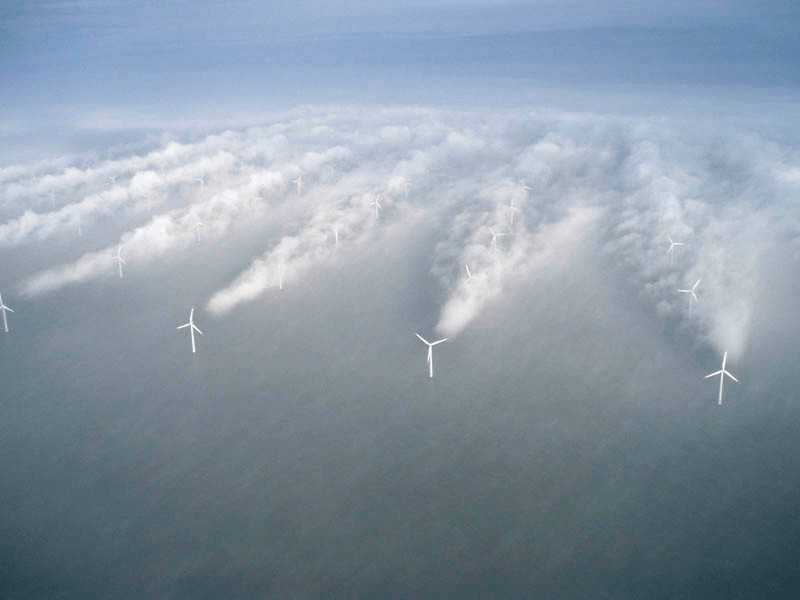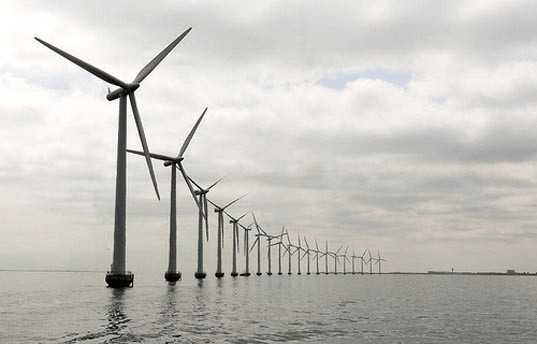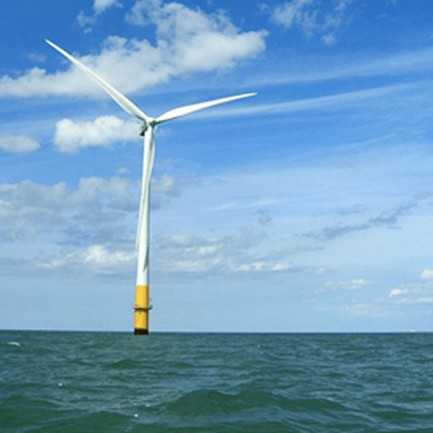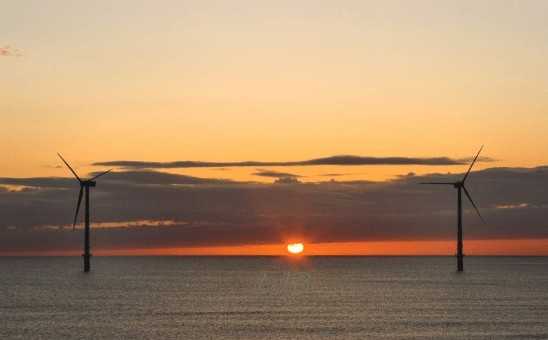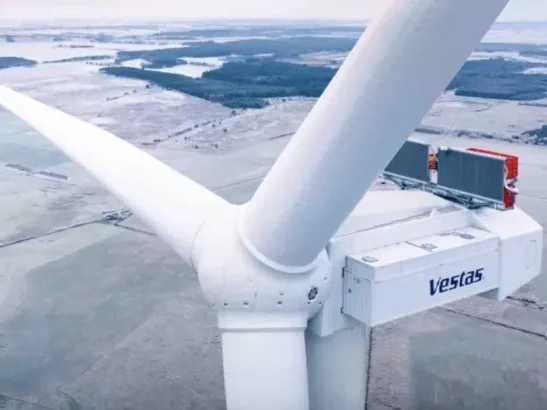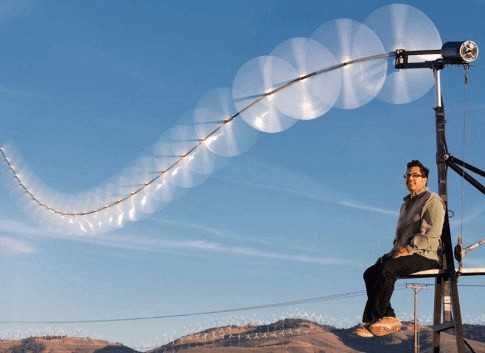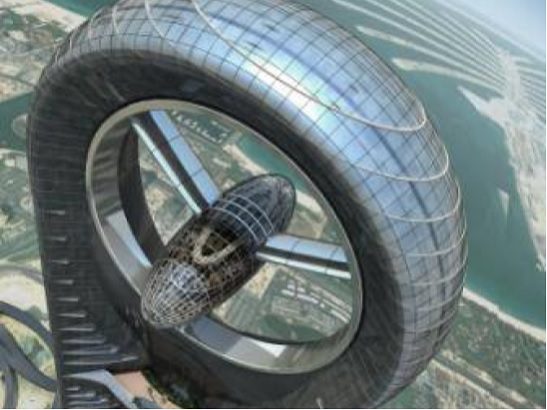It’s a fact that the offshore wind turbines being installed now and being planned for the future are getting bigger and bigger. The North Sea has winds often exceeding 90 mph and is therefore ideal for the generation of wind power.
Hundreds of wind turbines produce now electricity off the coast of the North Sea and send it onshore to connect with grids and power homes and businesses in the United Kingdom, Germany and Denmark. Thousands more are planned for the next 15 years and it would seem that bigger will be better as far as wind turbine makers are concerned. The U.K. government aims to install 32GW in offshore wind capacity between 2015 and 2025. That’s more than 10 times the offshore capacity currently installed in the entire world. The U.K. Carbon Trust estimates the offshore wind market will be worth $52 billion by 2020.
Vestas and Siemens, are anticipating rapid market growth and are developing 7MW and 6 MW turbines, respectively. And the United States General Electric Co. is working on a turbine that could be as big as 15 MW; five times larger than existing offshore machines.
The 7MW Vestas V164 turbine has more than double the capacity of the biggest fully-functioning offshore machines today, which are 3 MW. It weighs 800 tons (excluding the underwater foundation).
But do we want bigger and longer lasting offshore turbines? The technical challenge to create these monsters and make them last for up to 25 years is immense. The rotor tip on the V164 will be cutting the air at just under 200mph. Compare and contrast with a modern jet plane that requires checking and servicing after just 15-25 hours of flying time. That is impractical for an offshore wind turbine and so it must be technologically very sophisticated, yet hardy and robust to stand against anything the North Sea can throw at it. It’s not only expensive to send technicians to repair turbines at sea, but also physically impossible during bad weather. And a turbine that is not running is costing its operator a lot of cash in energy that it is unable to produce.
Bigger turbines generate electricity at a lower cost per kilowatt-hour. Taller is also better because of wind speed and consistency increase with altitude. So leaving aside reliability and maintenance, it makes sense for offshore turbines to be as big as possible. Mega-turbines are almost impossible onshore, where manufacturers are constrained by the size of roads and bridges over which the turbine parts will have to be transported.
So simple economics dictate that if a large reliable wind turbine can be manufactured, delivered and installed in an ideal offshore location, in the long run, it should be the better option in terms of wind-generated bangs for bucks (or watts for wonga if you like!).
While Vestas won’t have a prototype ready for the V164 until next year, Siemens is already testing its first 6 MW turbine offshore from Denmark and serial production is expected to begin in 2014.
Aside from the different capacities, the two rival manufacturers are also betting on different technologies. The Vestas machine will be a conventional geared turbine, while the Siemens one operates with direct drive.
In a conventional geared turbine, the rotor turns a large gear, which turns a smaller one, which turns the generator. With direct drive, the turbine directly turns the generator at the same speed as the blades. The generator converts the mechanical energy generated by the blades into usable electrical power. How effective the generator is directly affected how much wind can be converted into electric power. Today, most wind turbines have generators connected to a gearbox.
Vestas looked into using a direct drive on the V164 but decided against it. The company says a geared solution is more efficient, uses a lot less rare earth materials and will need to be serviced less often compared with a direct drive turbine. On the other hand, direct drive weighs less.
While in the past the gearbox was the main cause of turbine failures in the industry, now it is generally accepted to be the electrical systems. And a direct drive turbine has to have four times more electrical components than a geared turbine, which would seem to increase the chance of a malfunction. Siemens says its direct drive machine will require less maintenance than existing models. The proof of this pudding will obviously be in the eating! We await the battle of the offshore giants in the North Sea arena…
